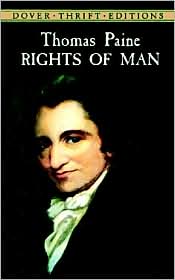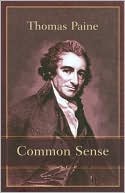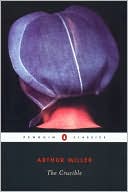Rights of Man
One of Paine's greatest and most widely read works, considered a classic statement of faith in democracy and egalitarianism, defends the early events of the French Revolution, supports social security for workers, public employment for those in need of work, abolition of laws limiting wages, and other social reforms.\ \ History has come to regard him as the figure who gave political cogency to the liberating ideas of the Enlightenment, and his great pamphlets, Common...
Search in google:
Rights of Man presents an impassioned defense of the Enlightenment principles of freedom and equality that Thomas Paine believed would soon sweep the world. He boldly claimed, "From a small spark, kindled in America, a flame has arisen, not to be extinguished. Without consuming ... it winds its progress from nation to nation." Though many more sophisticated thinkers argued for the same principles and many people died in the attempt to realize them, no one was better able than Paine to articulate them in a way which fired the hopes and dreams of the common man and actually stirred him to revolutionary political action. About the Author: A participant in both the American and French Revolutions and in the governments that first arose from them, Thomas Paine is best remembered as the highly popular pamphleteer whose incendiary Common Sense was largely responsible for motivating the American colonists to declare independence. He was born in England on January 29, 1737, and his impoverished early life offered scant evidence of the qualities that would later elevate him to literary and historical prominence. Taking the first available opportunity to improve his lot, he moved to America in 1775, coincidentally arriving at the time when revolutionary fervor was just taking hold.
Introduction by Eric Foner Suggestions for Further Reading A Note on the Text RIGHTS OF MAN Notes to Part One Notes to Part Two








